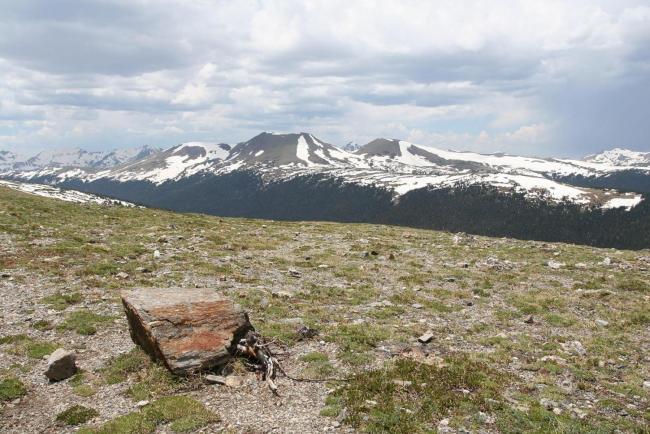Exploring the Arctic
This activity introduces students to the Arctic and Arctic climate. Through a virtual exploration of the geography of the Arctic students become familiar with the region. They are then introduced to meteorological parameters that Arctic research teams use.
Context for Use
This is the first activity of a three-part curriculum about Arctic climate. The activities may be used independently or in sequence. Activity 2 (Do you really want to visit the Arctic?) uses the jigsaw method to have students work with various weather parameters in a role-playing format from a site they "visited" virtually with Google Earth in this activity. In Activity 3 (Exploring Arctic Climate Data) students plot and analyze real Arctic climate data from the same site.
- This activity was designed for high school science students but can be adopted for both college students and middle school students. It was classroom-tested for grades 5 through 12.
- No prerequisite skills or concepts are needed.

Alpine tundra vegetation
Goals Header
What Students Will Do
- Define what the Arctic is
- Describe the Arctic environment
- Rationalize why people study the Arctic
- Describe geographic extent of the Arctic
- Describe differences between mid-latitudes and the Arctic latitudes
- Locate Arctic research stations using Google Earth.
Higher order thinking skills goals for this activity
Assessment questions include higher level thinking questions ("Thinking Deeper") for each part.
Other skills goals for this activity
- Using Google Earth
- Using instruments to measure meteorological parameters.
Materials
Description
Part A: What is the Arctic? (time in classroom required: two 45-minute class periods)
In this activity students brainstorm their knowledge about the Arctic and build a concept map of different aspects of the Arctic environment. Students try to define the Arctic and after peer-review correct their definitions.
Assessments: Concept Maps, Peer-review of Definition of Arctic, Worksheet questions
Part B: A Virtual Trip to the Arctic (time in classroom required: two 45-minute class periods)
Students take a virtual tour of the Arctic and Arctic research sites using Google Earth.
Assessments: Google Earth kmz files, worksheet questions, Thinking Further questions
Part C: Collecting Your Own Meteorological Data (time in classroom required: two to three 45-minute class periods)
Students conduct hands-on experiments measuring albedo, relative humidity, and soil temperature using simple classroom methods. In this jigsaw activity, they regroup and analyze the data in teams and discuss questions that have them think further. Then they research and identify scientific instruments at the Eureka Arctic meteorological tower.
Assessments: Data collection sheets, responses to discussion questions
Extension Activity I: Using ImageJ for Albedo Measurements (time required: one 45-minute class period)
Students use ImageJ, a free image processing software, to measure albedo digitally on images of their own choice.
Assessment: Estimated and measured albedo values


